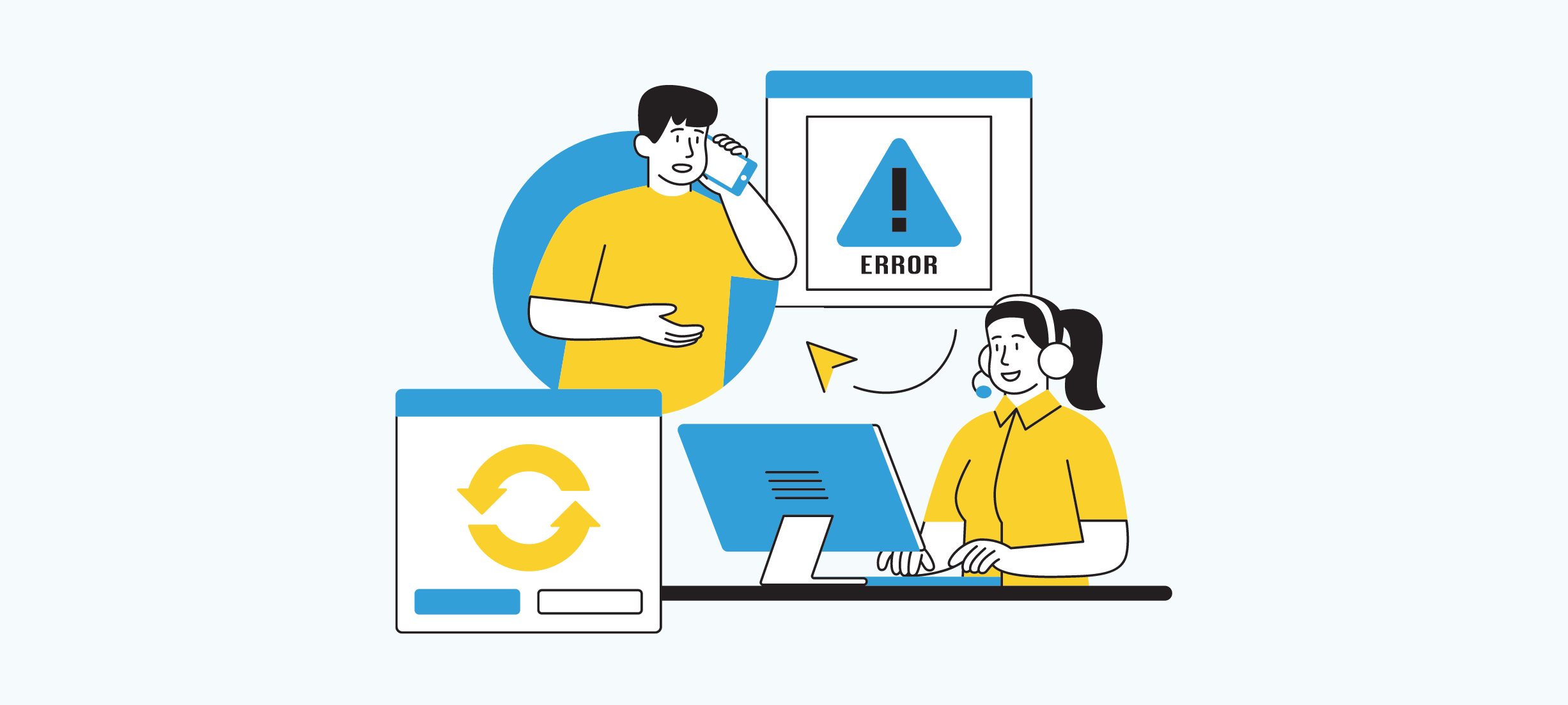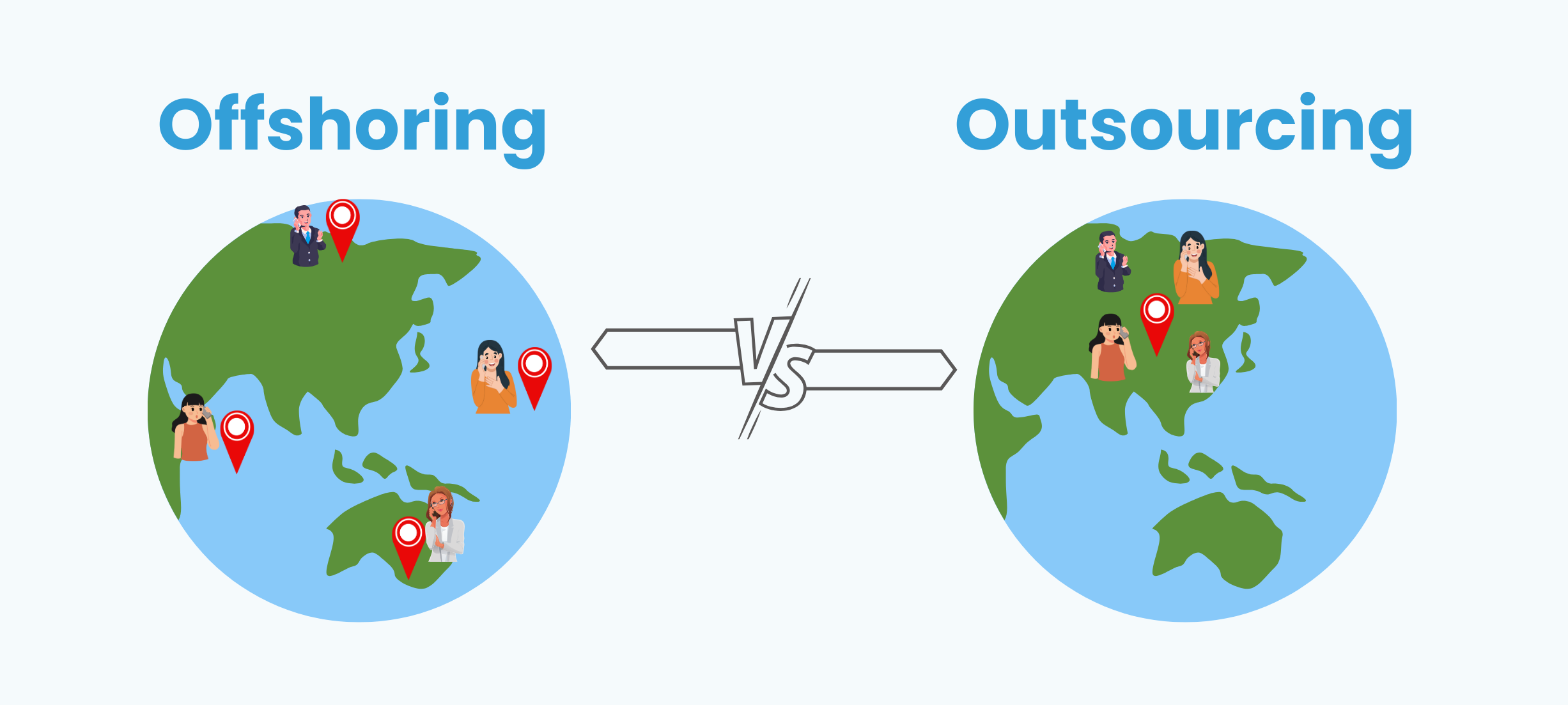Schedule C is used to record the revenue and expenses of a sole proprietorship or a single-member limited liability corporation (LLC). It aids in the calculation of the business’s net profit or loss, which is subsequently included on the individual’s Form 1040.
A checklist to have your form filing process smooth!
Schedule C calls for specific information about the business, such as its name, description, and, if appropriate, Employer Identification Number (EIN). It also includes sections for reporting gross revenues or sales, cost of products sold (if applicable), and different company costs that are deductible.
- Business information: The legal name, address, and employer identification number (EIN) of the business.
- Business activity: A brief description of the type of business conducted.
- Accounting method: Indicate whether you use the cash or accrual accounting method to report income and expenses.
- Income: Report all business income, including sales, services, and any other revenue generated by the business.
- Expenses: Deductible expenses related to the operation of the business, such as supplies, advertising, rent, utilities, insurance, and other business-related costs.
- Cost of goods sold (if applicable): If your business involves selling products, you need to calculate the cost of goods sold using methods allowed by the IRS.
- Home office deduction (if applicable): If you use a part of your home exclusively for business purposes, you may be eligible to claim a deduction for the home office expenses.
- Vehicle use (if applicable): If you use a vehicle for business purposes, you may be able to deduct expenses related to the business use of the vehicle.
- Other deductions: Any other deductions directly related to the business.
Is there any additional forms to be filled with it?
Depending on the circumstances, further paperwork or schedules may be required to be added to Schedule C. If the individual has workers, they may need to submit Schedule C-EZ or Schedule C (Form 1040), and if the business uses a home office, they may need to file Form 8829 (Expenses for Business Use of Your Home).
What is the use of Schedule C?
Schedule C is used to calculate the net profit or loss from the business by subtracting total expenses from total income. The resulting profit or loss is then carried over to the individual’s personal tax return (Form 1040) and included in the calculation of their taxable income.
BookkeeperLive’s team is at work for you!
We understand the specific issues that self-employed persons and small company owners confront, and we can assist you in maximizing your deductions, identifying acceptable expenses, and ensuring correct Schedule C filing. Whether you’re a freelancer, consultant, or sole owner, our Schedule C tax preparation knowledge can help you succeed.








